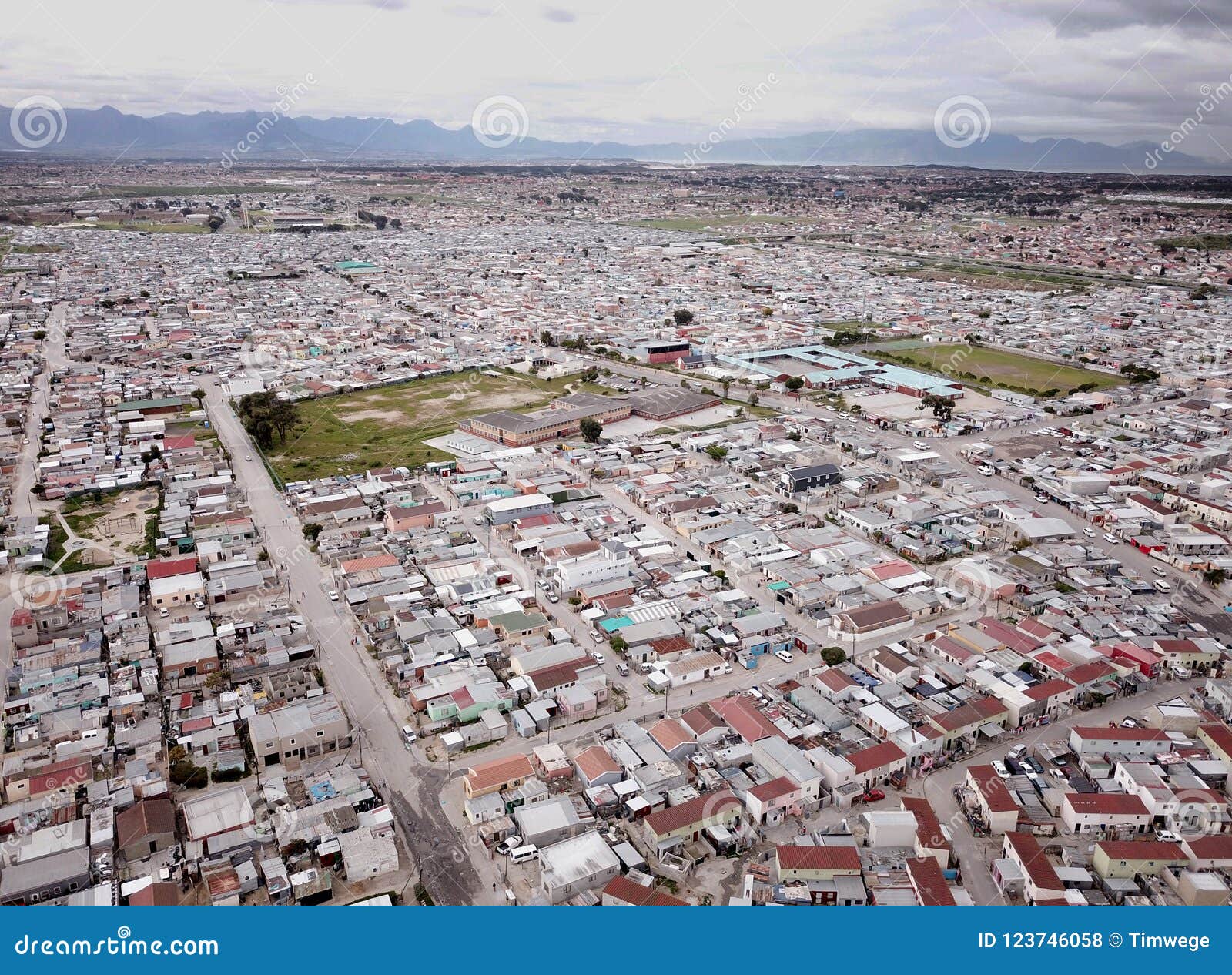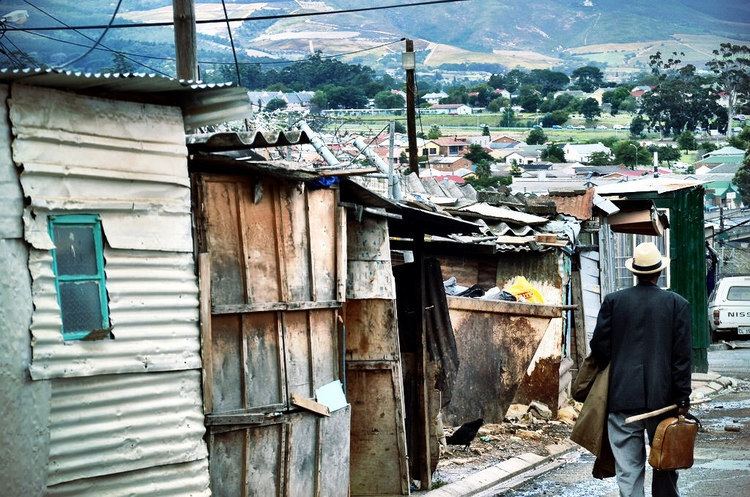


This is particularly true for those that operate in retail. The majority of these enterprises are cash businesses that can make up to millions of rand in revenue. These township businesses, according to a 2018 report by the First National Bank, operate in the six primary sectors of grocery stores and stores stocking fast-selling consumer goods, taverns, hair salons, educational centers, micro-manufacturing and motor and cellular repair services. This socioeconomic isolation resulted in the development of what is considered an “informal” economic sector containing nearly 6 million businesses across the country. These locations were chosen to separate them from the economic bustle of city centers. The communities were intentionally developed on the periphery of larger cities.

Today, more than 76 larger townships, each containing township businesses, border several South African cities.Īccording to the World Bank, townships today contain about half of South Africa’s urban population and 38% of its working-age citizens but as much as 60% of its unemployed. South Africa’s Population Registration Act in 1950 and Group Areas Act defined “non-white” racial groups as black South Africans, Coloreds and Indian South Africans, and forced their eviction from areas designated “white only” to three formally established townships. Townships, settlements created by the government to segregate black South Africans from whites, are one of the most visible and lasting scars of the apartheid system. Although South Africa’s apartheid system ended in 1994, the effects of its segregationist policies against non-white citizens can still be seen today.


 0 kommentar(er)
0 kommentar(er)
